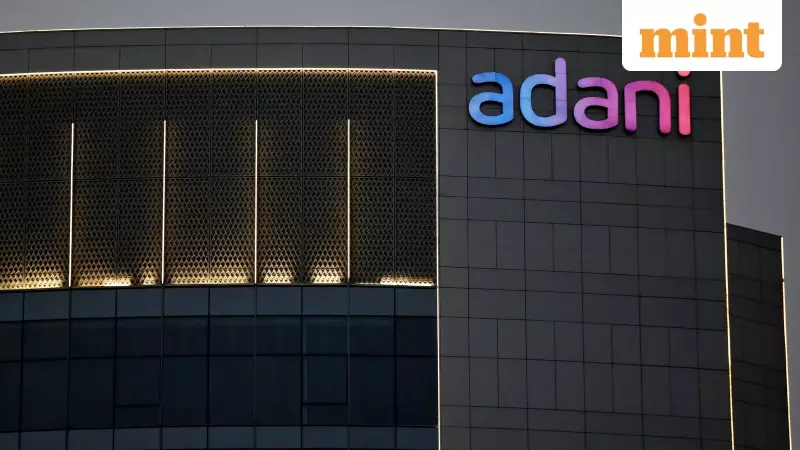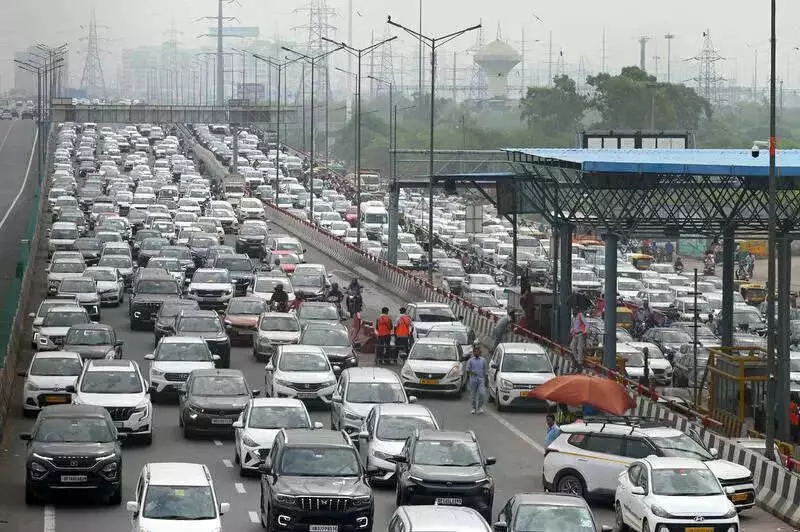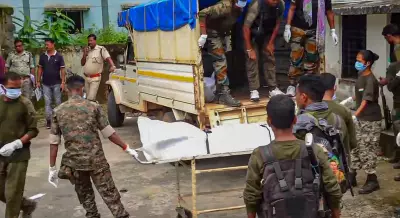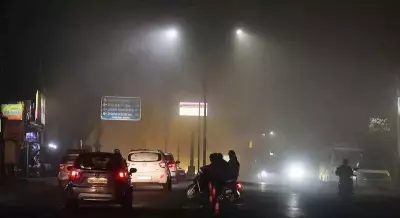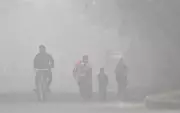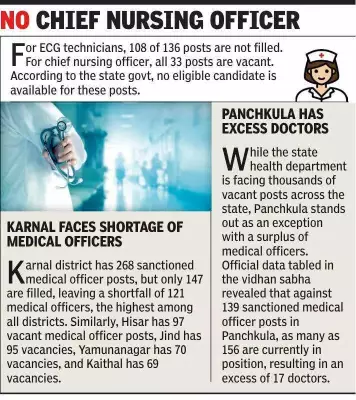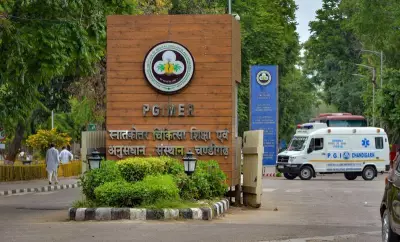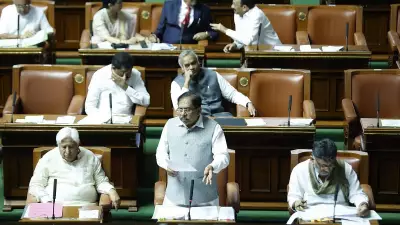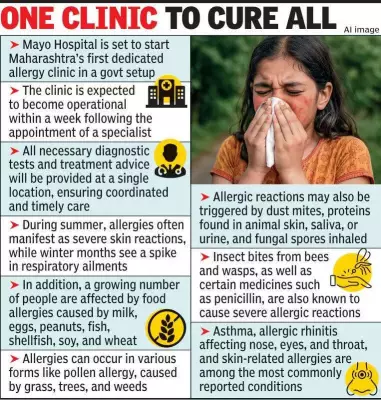Politics
3 Naxalites, Including Woman, Killed in Sukma Encounter with Security Forces
A woman among three Naxalites was killed in an encounter with security forces in Chhattisgarh's Sukma district on December 18. Police confirm the operation was based on specific intelligence.
Business
Haryana's First Canine Park in Panchkula Falls into Disrepair
Haryana's pioneering canine park in Panchkula faces neglect with broken equipment and poor maintenance, disappointing pet owners. Discover the state of this public facility.
World
Dehradun's Air Quality Turns Severe, AQI Nears 300, Rivaling Delhi
Dehradun's air quality plunges to severe levels with AQI nearing 300. Experts warn of worsening conditions due to fog and geographical factors. Learn why the hill station is no longer a pollution escape.
Entertainment
Jyotika's Bollywood Journey: From Doli Saja Ke Rakhna to Shaitaan & Srikanth
Explore Jyotika's impactful Bollywood career, from her 1998 debut in Doli Saja Ke Rakhna to her powerful 2024 roles in Shaitaan and Srikanth. Discover her evolution as a versatile actress.
Lifestyle
Health
Haryana Health Dept: 5,384 Posts Vacant, Rural Areas Hit Hard
Haryana faces a severe healthcare staff shortage with 5,384 vacant posts. While the govt claims alternative arrangements, gaps in rural delivery raise concerns. Read the full district-wise breakdown.
PGI Chandigarh Again Named Best Health Tech Institute in India
Postgraduate Institute of Medical Education and Research (PGIMER), Chandigarh, has been ranked India's best institute for health technology assessment for 2023-24. Discover the details of this prestigious recognition.
Gurgaon Air Quality Poor, Deterioration Forecast
Gurgaon's air quality remained poor with AQI 276. Safar predicts a drop to 'very poor' or 'severe' levels soon. Experts advise limiting outdoor activities. Read more for station-wise data and safety tips.
Karnataka Assembly Passes Key Amendment to Medical Bill
Karnataka's new bill allows private hospitals and clinics to start with a 6-month provisional registration, bypassing initial inspection. Learn about the key changes and their impact.
Maharashtra's First Govt Allergy Clinic in Nagpur
Nagpur's Mayo Hospital launches Maharashtra's first dedicated government allergy clinic to tackle rising allergy cases. Get comprehensive diagnosis and treatment under one roof.
Technology
Get Updates
Subscribe to our newsletter to receive the latest updates in your inbox!
We hate spammers and never send spam


